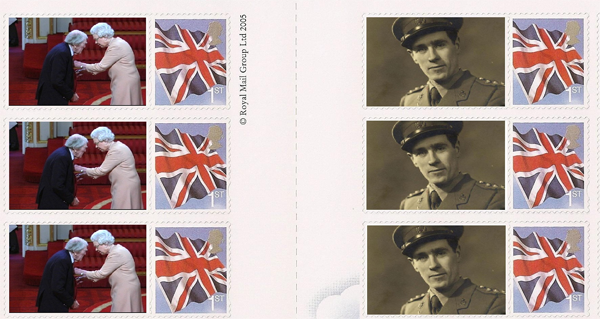Captain Raymond “Jerry” Roberts, the last survivor of the team that cracked a German encryption during the second world war, has died aged 93.
Roberts didn’t work on cracking Enigma, arguably the better-known of the German encryptions. Instead his work at the top secret Bletchley Park center in England was based around cracking the Lorenz cipher, known colloquially by the British as the Tunny system.
Tunny was far more complex than Enigma, using 12 wheels to encode information rather than Enigma’s three. It was used exclusively for messages between members of the German high command including Rommel and Hitler himself and included details of the movement of entire armies.
Cracking Tunny was a combination of statistical analysis (particularly the work of Bill Tutte who figured out the structure of the Lorenz machines) and Tommy Flowers’s creation of Colossus, the first programmable electronic digital computer. (Colossus could only be programmed for specific tasks; EINAC, completed one year after the war, was the first “computer” as we use the term today.)
Roberts later estimated that cracking Tunny allowed he and his colleagues to decipher almost 64,000 messages, around 90 percent of the total sent using the system. He took particular pleasure in knowing he’d read some messages sent to Hitler before Hitler read them himself.
President Dwight Eisenhower, the supreme commander of Allied forces in Europe during the war, argued that having this information gave such an advantage that it shortened the war by two years and saved millions of lives.
Because it dealt with material of an even higher level of security than the Enigma project, much of the detail about the Tunny work remained classified until the past few years. As Roberts was the only survivor, he effectively became the spokesman for those involved.
Upon being made a Member of the British Empire (an honor awarded by the Queen) last year, he campaigned for similar recognition for his former colleagues. He was also commemorated in two postage stamps released last year (pictured.)

